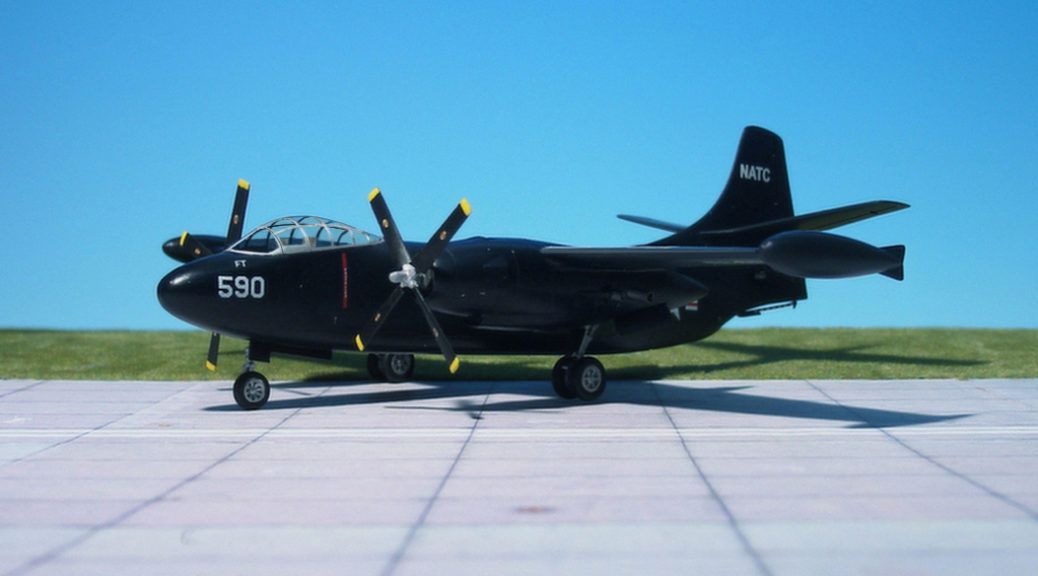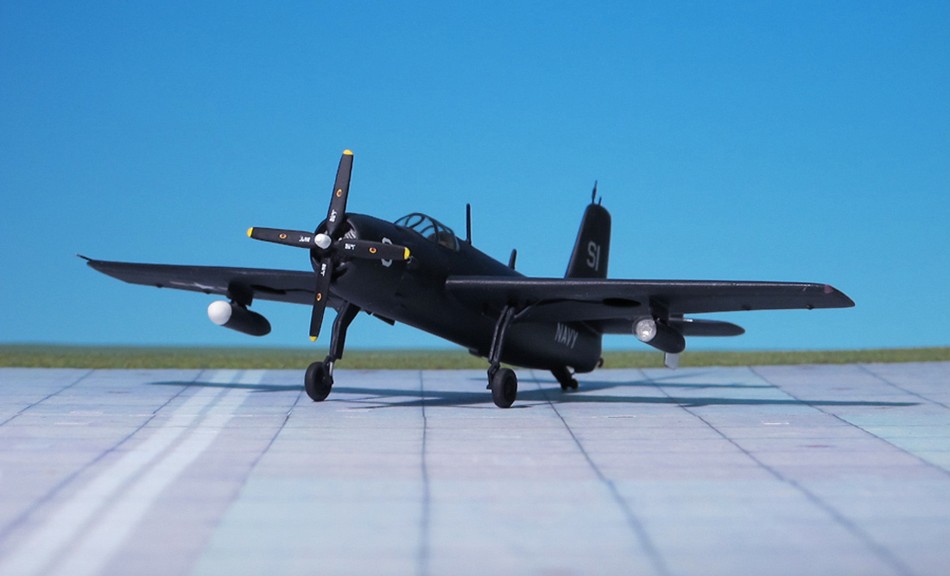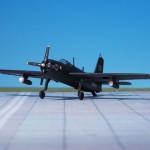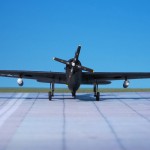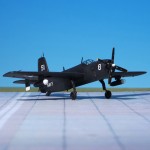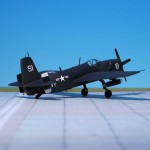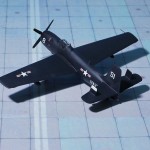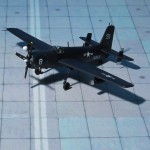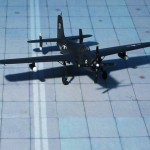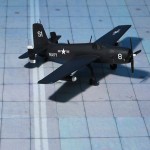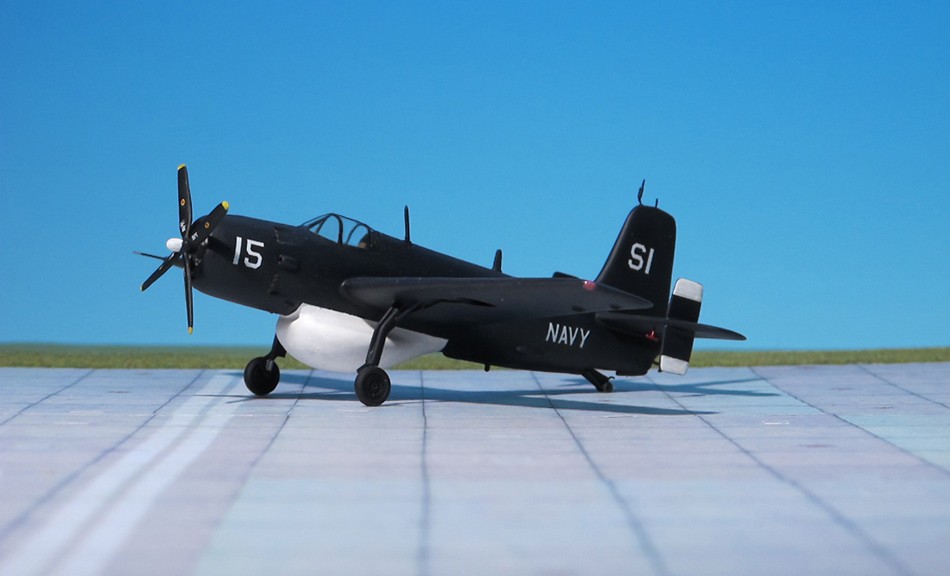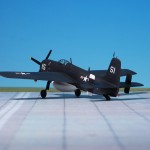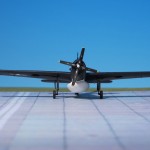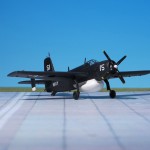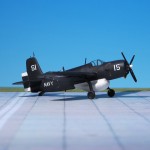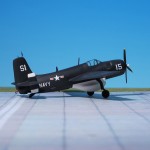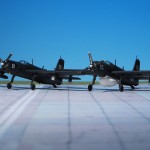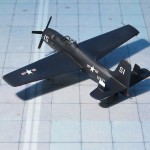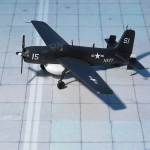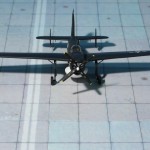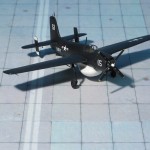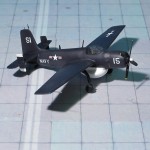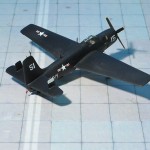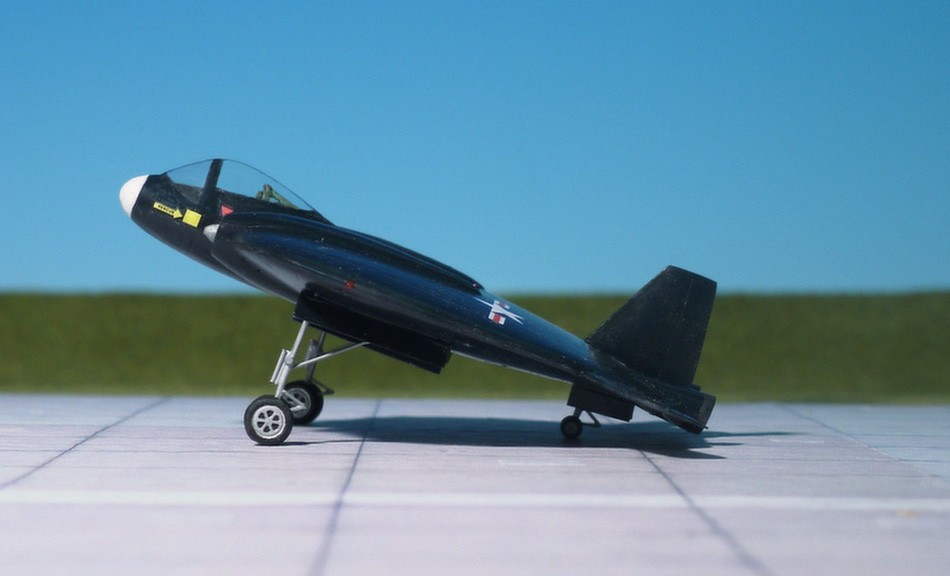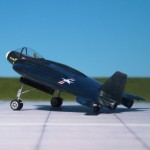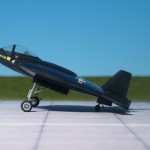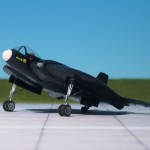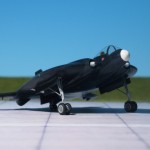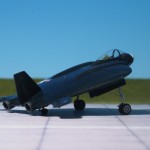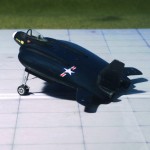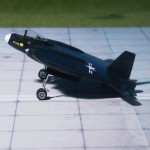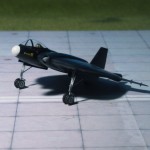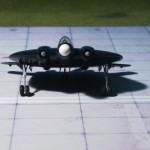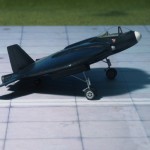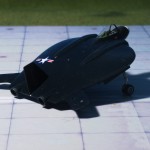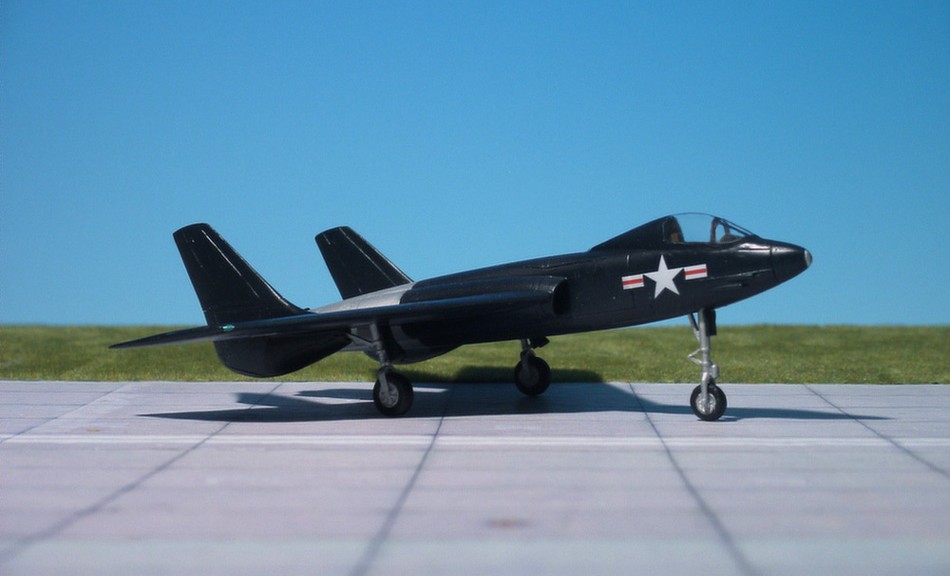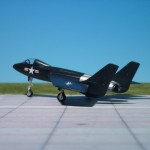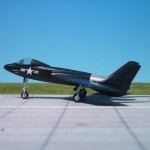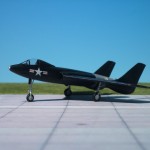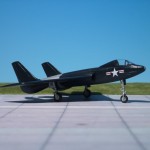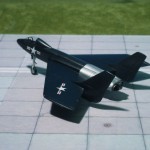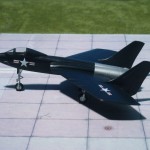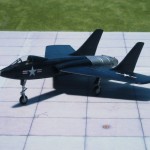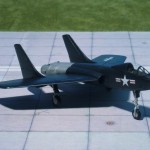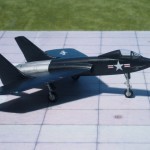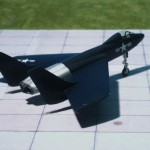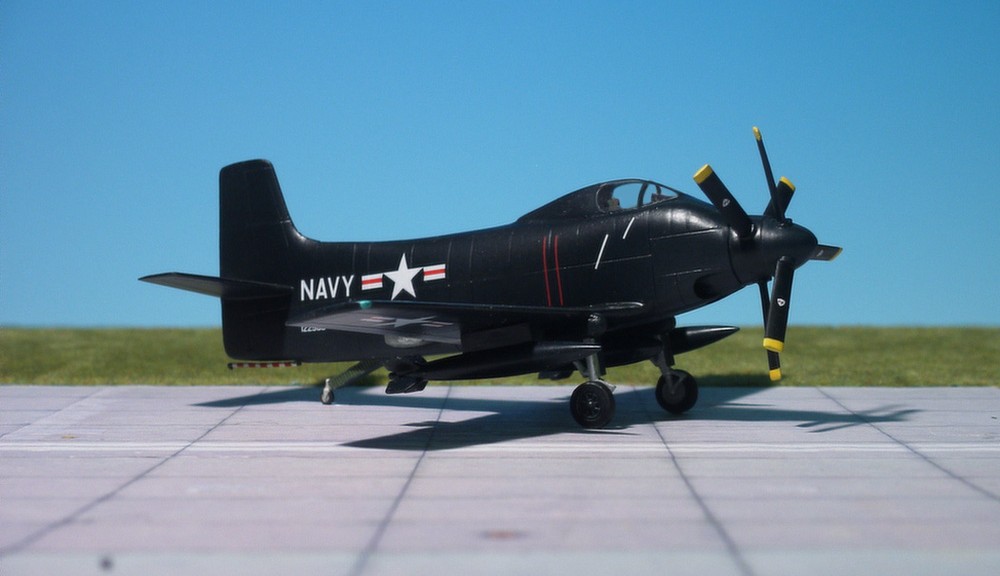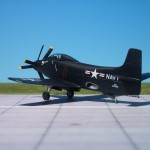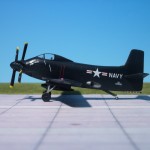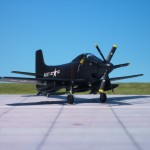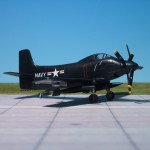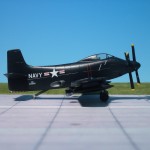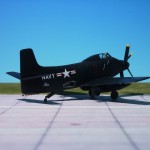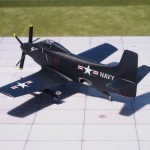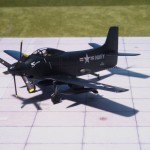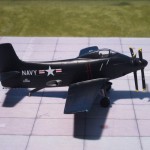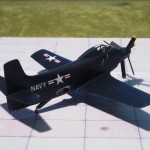TYPE: Carrier-borne medium bomber
ACCOMMODATION: Crew of three
POWERPLANT: Two Pratt & Whitney R-2800-44W Double Wasp radial engines, rated at 2,400 hp each plus one Allison J33-A-10 turbojet engine, rated at 2,040 kp thrust
PERFORMANCE: 471 mph
COMMENT: The North American AJ-1 “Savage” was designed shortly after WW II to carry atomic bombs and this meant that the bomber was the heaviest aircraft thus far designed to operate from an aircraft carrier.
At the end of World War II, the U.S. Navy began a design competition on August 1945 for a carrier-based bomber which could carry a 4,536 kg bomb that was won by North American Aviation. Later that year, the Navy decided that it needed to be able to deliver atomic bombs and that the AJ Savage design would be adapted to accommodate the latest Mark 4 nuclear bomb the next step in development from the more sophisticated imploding Plutonium sphere design Mark 3 “Fat Man” used on Nagasaki. A contract for three XAJ-1 prototypes and a static test airframe was awarded on June 1946. The first prototype made its maiden flight two years later on July 1948. That same year the US Navy began an interim capability program employing the Lockheed P-2 “Neptune” carrying a crash program reproduction of the smaller simpler all uranium ‘gun’ design Mark 2 “Little Boy” nuclear bomb as its first carrier launched nuclear bomber aircraft until the “Savage” was in service. The “Neptune” launched using Jet Assisted Take-Off (JATO) rockets but could not land on existing carriers; if launched they had to either ditch at sea after its mission or land at a friendly airbase.
The AJ-1 was a three-seat, high-wing monoplane with tricycle landing gear. To facilitate carrier operations, the outer wing panels and the tailfin could be manually folded. The two piston engines were mounted in nacelles under each wing with a large turbocharger fitted inside each engine nacelle, and an Allison J33-A-10 turbojet that was fitted in the rear fuselage. Only intended to be used for takeoff and maximum speed near the target, the jet was fed by an air inlet on top of the fuselage that was normally kept closed to reduce drag. To simplify the fuel system, both types of engines used the same grade of avgas. Self-sealing fuel tanks were housed in the fuselage and each wing. The aircraft usually carried 300-US-gallon tip tanks and it could house three fuel tanks in the bomb bay with a total capacity of 1,640 US gallons. Other than its 5,400 kg bombload, the bomber was unarmed.
Two of the three prototypes crashed during testing, but their loss did not materially affect the development of the aircraft as the first batch of “Savages” had been ordered on October 1947. The most significant difference between the XAJ-1 and the production aircraft was the revision of the cockpit to accommodate a third crewman in a separate compartment. The first flight by a production aircraft occurred in May 1949 and Fleet Composite Squadron FIVE (VC-5) became the first squadron to receive a “Savage” in September. The squadron participated in testing and evaluating the aircraft together with the Naval Air Test Center (NATC) in order to expedite the “Savage’s” introduction into the fleet. The first carrier takeoff and landing made by the bomber took place from the USS “Coral Sea” on April and August 1950, respectively.
When first deployed, the AJ-1 was too large and heavy to be used by any American aircraft carrier except for the “Midway” class. The modernized “Essex” class carriers with reinforced decks and the very large “Forrestal” class could also handle the “Savage”. The aircraft was not popular aboard ship as it was too big and cumbersome that it complicated any other flight operations the ship was required to conduct. One problem was that the wings had to be folded one at a time by a crewman on top of the fuselage with a portable hydraulic pump, a time-consuming process, so that the bomber could be moved out of the way to allow other aircraft to land or take off. One pilot reported that the AJ-1 was “a dream to fly and handled like a fighter”, when everything was working properly. The aircraft, however, was not very reliable, possibly because it was rushed into production before all the problems could be ironed out. The bomber was replaced by the Douglas A3D “Skywarrior” beginning in 1957. In total140 aircraft were built plus three prototypes (Ref.: 24).
